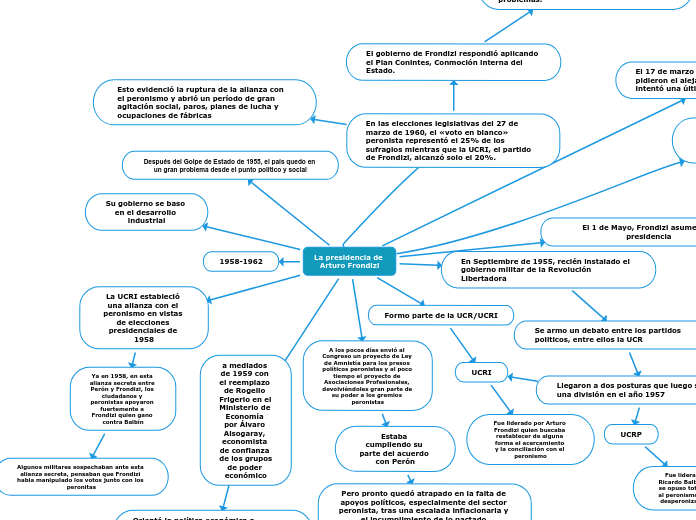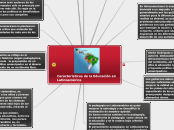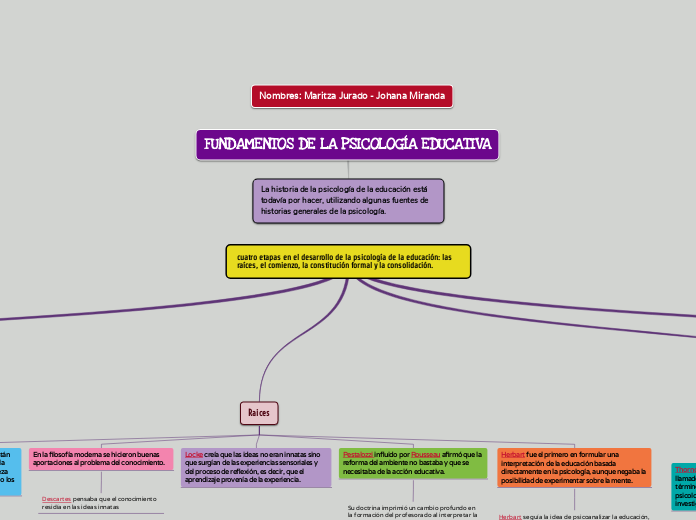GUADALUPE LIZBETH LÓPEZ ALTAMIRANO IV B LIC. EDUCACIÓN PRIMARIA
EL PARADIGMA EMERGENTE ENTRE EDUCACIÓN Y MUSEOS.
To name your story, you have to think about the overall message and what you want your audience to understand from the story. Also, make it relevant and easy to remember.
EL MUSEO EN UNA SOCIEDAD DEL ESPECTÁCULO
Experiencia cultural,
Observado
Expresión de ideologias
Observador
Punto de vista
TIPOLOGÍA METAFÓRICA DE LAS
EXPERIENCIAS DE VISITA
The ending of a story is essential. We all know that if the ending is weak, what happened before loses its importance. So make it unpredictable, but fair. A resolved ending answers all the questions and ties up any loose threads from the plot.
Visitante Mariposa
Pragmático, visual, táctil, sistemático y utilitario.
experiencia pedagógica
Visitante Chapulín / Visitante Pez
Lúdicos, interactivos, auditivos, emocionales y vertiginosos
Experiencia empática
Visitante hormiga
Ritual, lento, memorioso, verbal y crítico
Experiencia de anÁlisis
Jean Sebeok
Patrones de conducta (4 Estrategias)
Pragmática
Organizadores
Diversionaria
Introvertidos
Utópica
Perceptores
Crítica
Analistas
Eliseo Verón: visitantes
Mariposa
itinerario selectivo, disfrutan episódocamente
Pez
dirigen casi inmediatamente a la puerta de salida
Chapulín
recorrido errático
Hormiga
Recorrido minucioso por todos los equipamientos
del espacio museográfico
ESTUDIO SOBRE VISITANTES
The middle of the story is where you add layers of complications that will lead to the end. Reveal more about the character's journey. Did their personality go through changes? How did they overcome the challenges? And as you build up the story’s central conflict, make it more personal to that character. Also, from the middle act, you have to lead into the final act.
Dimensión Contextual
There wouldn't be any tension and excitement in your story if there weren't any obstacles in your character's way.
Historiográfica, centrada en las condiciones de
posibilidad
A story is nothing more than a character overcoming a series of difficulties to reach the desired goal. Obstacles usually create suspense and conflict. In overcoming obstacles, there is growth: weak becomes strong; hatred turns into love; sadness into happiness; wrong into right; lies into truth; or evil becomes good.
See a few examples below:
- stopping a meteor
- finding a killer
- finding love
Reconocimiento de la tradición específica en la que se inscribe un conjunto de visitas en un contexto cultural particular.
Dimensión Efectual
Your character(s) need(s) motivation in order to solve the challenge(s).
Sociológica, centrada en los efectos educativos
Why does your character need to confront this challenge? What does he/she expect to accomplish by solving it?
See a few examples:
- will marry in 3 days
- can fix the mistakes of the past
Reconocimiento de las dimensiones ritual lúdica de la experiencia y dimensión educativa.
Reconstrucción ideológica, paradigmática, de la visita.
Dimensión Empírica
Each story has a main character and that character usually needs to solve a problem or challenge. The character's challenge is the one that creates tension throughout the story.
Etnográfica, centrada en la experiencia específica
In most stories, there are 3 challenges. The number 3 is a mystical number symbolizing completeness. Try to come up with interesting challenges with which your character needs to struggle.
See a few examples below:
- turns into a werewolf at night
- is sent back in time
Reconocer elementos que tienen más relevancia en la experiencia particular
de cada visitante.
Reconstrucción narrativa de esa experiencia.
EL DIÁLOGO ENTRE EL PARADIGMA
In the beginning of the story (or the exposition), you will need to introduce the setting and characters. You might also want to introduce the main conflict. This part of the story is important because it gives the reader necessary background information and maybe even a first insight into a character’s personality.
EMERGENTE
The setting (time & place) of a story can change throughout the plot.
Experiencia educativa (el visitante satisface sus expectativas rituales y lúdicas durante la visita.
Reconocer y reconstruir con interés lo que se exhibe.
Experiencia de visita, memorables, aprendizaje y compromiso emocional
Intercultural e intergeneracional.
Argumentos: exposición y diálogo
Contexto del visitante y la experiencia de visita.
Profesiones de museólogo y de experto en educación,
Experiencia educ: múltiple y distinta en cada ocasión
Dimensión lúdica
Valor educativo, transformador, permanente y asimilado.
Dimensión ritual
Experimental memoriosa, intuitiva, emocional y sensorial
Distinguir entre educación formal, informal y no formal.
Your story can take place wherever your imagination will take you to.
For example: in an elevator, in an enchanted forest, etc. Don't forget to give details of the environment each time the setting changes, otherwise, the story can be confusing. Also, mention the seasons as each of them has unique weather and events.
Experiencia del equipo museográfico,
El visitante determina el método que se necesita utilizar en cada visita.
Espacio de educación no formal,
TRADICIONAL
Characters are essential to a good story. Usually, the protagonist(s) is/are the most affected by the plot. Introduce a character by focusing on their actions, interests, and occupation, as the physical appearance doesn't make a difference in most cases.
Exposiciones aspiran a la objetividad
Contenido: Esencial para su exposición
Experiencia educativa.
Objetivo: obtención de conocimientos
Reducción de visita
Reduce los espacios museográficos a cumplir una función secundaria.
Type in the name of your character.
Lugar donde se conservan, estudian o exhiben las colecciones de objetos raros o valiosos.
Choose the type of your chacter:
Protagonist (main character)Antagonist (main character's opponent)Flat (stereotypical character)Round (his/ her personality develops throughout the story)Static (doesn't evolve as a person throughout the story)Dynamic (dramatical change in personality)Confidant (the main character trusts him/ her)Foil (contrasting character who enhances the personality of another character)Other










